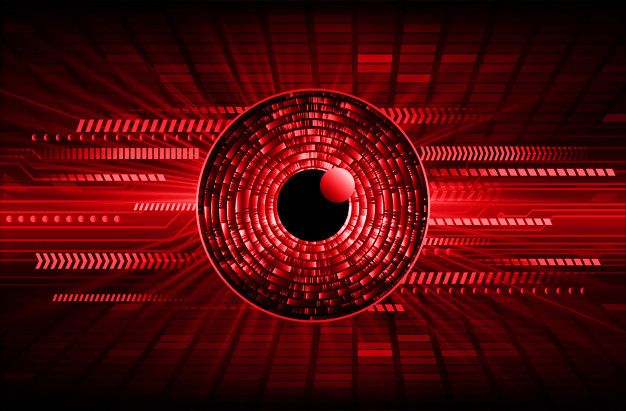
It’s understandable to feel a little uneasy about the state of digital security today. Every day, headlines blare warnings about data breaches, ransomware attacks, and sophisticated phishing scams. That feeling in your stomach? That’s cyber fear, and it’s real.
But here’s the good news: fear doesn’t have to equal powerlessness. Cybersecurity isn’t just about massive corporations battling international hackers; it’s also about the simple, everyday actions you take. You can absolutely turn that anxiety into a proactive defense.
The Big Three Threats You Face
Before we can defend, we need to know the enemy. As an individual, you’re most likely to encounter these three common attacks:
1. Phishing & Social Engineering
- What it is: The digital equivalent of a con artist. An attacker pretends to be a trusted entity (like your bank, Netflix, or a shipping company) to trick you into clicking a malicious link, downloading a file, or giving up your credentials.
- The tell-tale sign: An urgent, overly emotional, or threatening tone. They often ask you to “Verify your account immediately!” or claim your account will be suspended.
- Your defense: Stop, Look, and Hover. Stop before clicking. Look at the sender’s actual email address (not just the name). Hover your mouse over any link to see the real destination in the bottom corner of your browser.
2. Password & Credential Theft
- What it is: Hackers gain access to the keys to your digital life, whether through a data breach on a third-party site or by guessing weak passwords.
- The tell-tale sign: Your accounts (email, social media, banking) are locked, you see unrecognized transactions, or you get notifications that a login occurred from a strange location.
- Your defense: Strong, Unique, and Two-Factor. Use a unique password for every single service. That means if one company gets breached, the others are safe. Use a password manager to create and store them. And always, always enable Multi-Factor Authentication (MFA)—specifically a code from an authenticator app (like Google or Microsoft Authenticator) or a physical key.
3. Malware & Ransomware
- What it is: Malicious software designed to damage, disable, or gain unauthorized access to your computer. Ransomware is a type of malware that locks down your files or your entire computer and demands a ransom payment to release them.
- The tell-tale sign: Your computer suddenly slows down, you see strange pop-ups, or you are locked out of your own documents with a demanding message on the screen.
- Your defense: Keep it Patched and Back it Up! Regularly update your operating system (Windows, macOS, iOS) and all applications. These patches contain essential security fixes. Critically, set up a backup routine for your most important files—the best way to beat ransomware is to simply wipe your computer and restore your files from an uninfected backup.
Three Simple Steps to Digital Resilience
You don’t need a degree in computer science to be secure. You just need discipline and good digital hygiene. Start with these three habits today:
1. Install a Password Manager
This is the single greatest thing you can do for your security. A good password manager (like 1Password, Bitwarden, or LastPass) does the heavy lifting: it generates complex, unique passwords for every site and remembers them all for you. You only have to remember one master password.
2. Get Granular with MFA
Don’t just enable Two-Factor Authentication (2FA) on your email; turn it on for your bank, social media, cloud storage (Dropbox, Google Drive), and any shopping sites with stored credit cards. A login from a new device will be impossible without the temporary code only you have.
3. Be a Skeptic
Adopt a zero-trust mentality for inbound communication. This doesn’t mean being rude; it means being cautious.
- Did you get an unexpected text from your “bank”? Don’t click the link—open your official banking app separately.
- Did a friend send you a strange link on social media? Call or text them through another channel to confirm they actually sent it. Their account might be hacked.
Your digital life is worth protecting. By understanding the threats and adopting these simple habits, you can take control, reduce your fear, and become a powerful force in your own cybersecurity defense.


